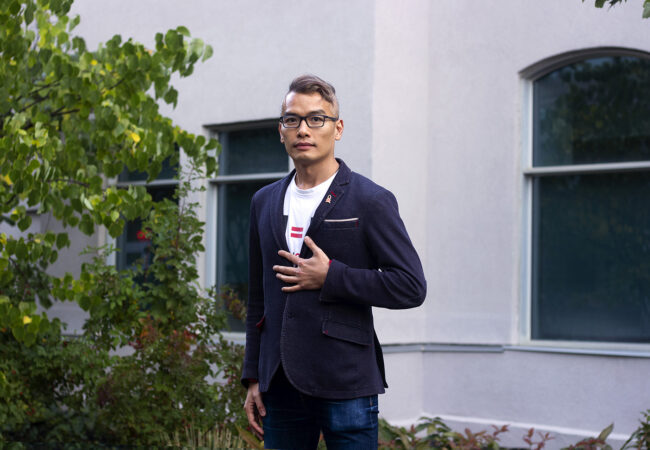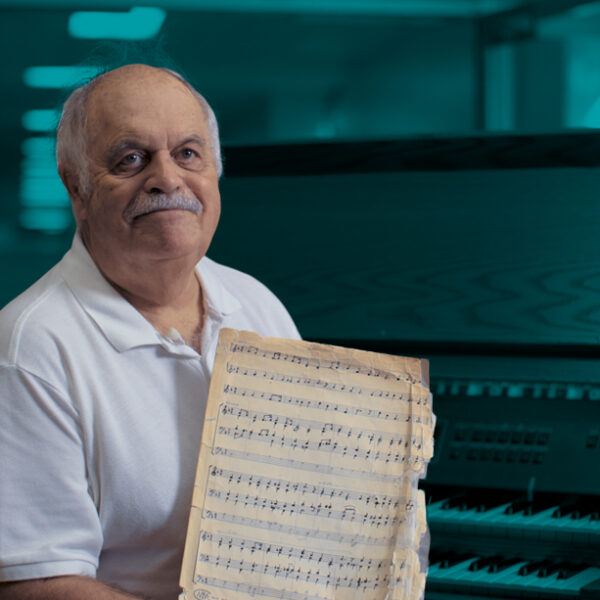Some of Christian Allaire’s first fashion memories were seeing his sister dressed in regalia for pow wows and watching his mother and aunt sew intricate, beaded jingle dresses. Now, the Ojibwe journalist is a digital fashion and style writer at the influential magazine Vogue.
Growing up, Allaire grappled with his mixed heritage (his mother is Ojibwe and his father is white), but moving to Toronto and going to Ryerson (Journalism ’14) helped him discover a community of Indigenous people in fashion. It was this community that helped him become more comfortable expressing his Indigeneity.
“I’ve always struggled with the question of: ‘Can I really own this culture? Am I fully native?’ But I realized that in native culture, it’s not about your blood quantum. I grew up on the reserve. My family is Indigenous. I am Indigenous,” Allaire says over the phone from his family home in West Nipissing, Ont.
He was hired to work at a footwear magazine in New York in 2014, straight out of his undergraduate degree. He survived the Manhattan grind to get to where he is now in a full-time position at Vogue, covering Indigenous designers and style.
Allaire finds it genuinely surprising that more people aren’t writing about the work of Indigenous designers. In 2018, Allaire started developing his book, The Power of Style: How Fashion and Beauty are Being Used to Reclaim Cultures, to highlight stories about Indigenous fashion, and quickly realized there were so many untold stories.
The book, out earlier this spring, is about everything from modest dressing and hijab designers to the underrepresentation of Asian women in the beauty industry. It’s geared toward a younger audience as an eyeopener to other cultures but also as a reinforcement of their own identities.
“I want to show readers that you can be proud of who you are, you don’t have to wear what’s popular or trending. You can embrace your individuality.”






